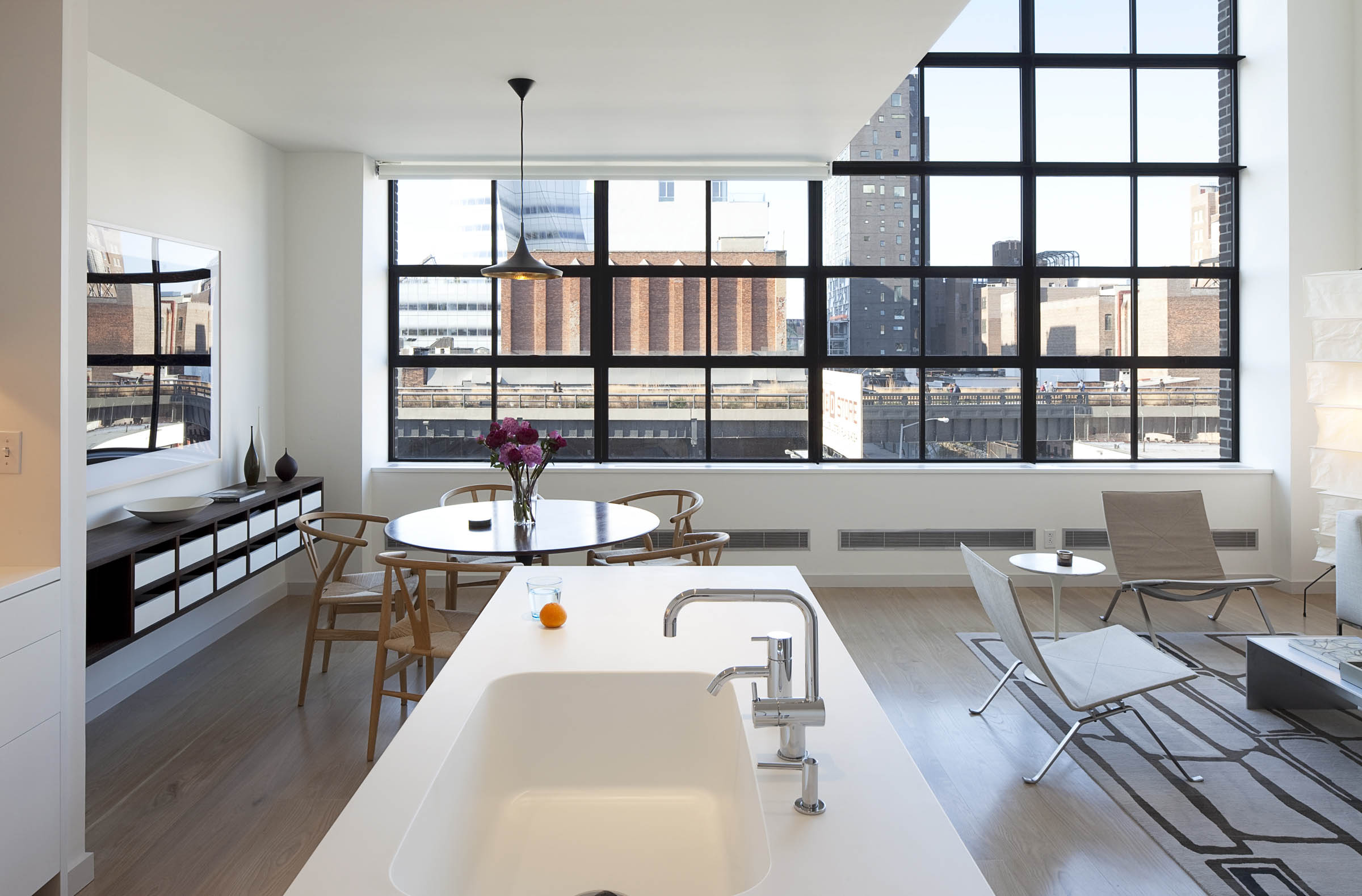David Steel knows how to call in a favor or two.
So when the Gallerie dell’Accademia in Venice announced it was closing for renovations – and made 20 paintings by Old Masters available to him – the curator of European Art at the North Carolina Museum of Art picked up his phone.
“We cast our net pretty wide,” he says. “We cashed in a lot of favors – called in some IOU’s, and got some really great paintings from American collections as well.”
He reached out to the Metropolitan Museum of Art in New York, the National Gallery in Washington, D.C. and the San Diego Museum of Art.
And when the Glory of Venice exhibition opening in March, NCMA will have on display 50 of the finest paintings by Bellini, Titian, Giorgione and their contemporaries, all executed between 1475 and 1525. They were painted in oil at a time when it was the cutting-edge medium – and when Venice was a crossroads for Eastern and Western cultures.
“Venice was like the Silicon Valley of its time,” he says. “The Near East, the Byzantine Empire, and the Orient were all there because it was a trading crossroads, and northern European merchants were bringing artists with them.”
Moreover, artists in Venice at the time were discovering the surrounding landscape as suitable and engaging for their paintings. “It marks the emergence of landscape painting of the Veneto, the countryside around Venice being portrayed,” he says. “Because they were using oil paints, they could depict it in ways never done before.”
Also in the exhibition are a number of books and manuscripts from the same period, because Venice was also at the forefront of publishing.
“In the late 15th and early 16th century, Venice was becoming a center for printed books – people could carry them around rather than heavy manuscripts,” he says. “Portable books were published in quantities, and up until Kindle that was the way everybody read books for 500 years – it started in Venice at this time.”
To prime themselves for the exhibition, Steel and his staff have been experimenting with a particularly appropriate drink called the Bellini. “It’s prosecco and strained white peaches,” he says.
And it was invented by Giuseppe Cipriani, founder of Harry’s Bar in Venice.
[slideshow id=1727]
Captions:
Giovanni Bellini, The Annunciation, early 1500s, oil on canvas, 88 x 42 in. each, Gallerie dell’Accademia, Venice, Italy
Attributed to Giorgione, Madonna and Child with Saints Catherine and John the Baptist, circa 1505–8, oil on panel, 20 1/8 x 31 7/8 in., Gallerie dell’Accademia, Venice, Italy
Top: Titian and workshop, Eternal Father and Angels, 1519–20, oil on panel, 22 x 45 1/4 in., Scuola Grande Arciconfraternita di San Rocco, Venice, Italy
Bottom: Giorgione, Christ Carrying the Cross, 1506–7, oil on canvas, 27 7/8 x 35 3/4 in., Scuola Grande Arciconfraternita di San Rocco, Venice, Italy
Giorgione, Portrait of a Man, circa 1506, oil on panel, 11 7/8 x 10 1/8 in., San Diego Museum of Art, Gift of Anne R. and Amy Putnam, Bridgeman Images
Giovanni Bellini, Christ Blessing, circa 1500, tempera, oil, and gold on panel, 23 1/4 x 18 1/2 in., Kimbell Art Museum, Fort Worth, Texas, Bridgeman Images
Giovanni Battista Cima da Conegliano, Madonna and Child in a Landscape, circa 1496–99, oil on panel, transferred to canvas, 28 x 24 3/4 in., North Carolina Museum of Art, Purchased with funds from the State of North Carolina
Giovanni Bellini, Allegories of Fortune/Melancholy and Perseverance, late 1400s or early 1500s, oil on panel, 13 3/8 x 8 5/8 in. and 13 1/2 x 8 5/8 in., Gallerie dell’Accademia, Venice, Italy
Carlo Crivelli, Virgin and Child with Saints and Donor, circa 1490, tempera with gold leaf on panel, 38 1/2 x 32 1/2 in., The Walters Art Museum, Baltimore, Maryland, 1902
Giovanni Battista Cima da Conegliano, The Archangel Raphael and Tobias between Saints James the Greater and Nicholas of Bari, circa 1514–15, oil on canvas, transferred to canvas, 63 3/4 x 70 in., Gallerie dell’Accademia, Venice, Italy
Vittore Carpaccio, The Flight into Egypt, circa 1515, oil on panel, 28 3/8 x 43 3/4 in., National Gallery of Art, Washington, D.C., Andrew W. Mellon Collection, Courtesy of the National Gallery of Art, Washington
Jacopo de’ Barbari, View of Venice, circa 1500, woodcut from six blocks on six sheets of paper, 52 1/4 x 109 1/4 in., Minneapolis Institute of Art, The John R. Van Derlip Fund, 2010.88, Photo: Minneapolis Institute of Art
Vittore Carpaccio, Apparition of the Crucified of Mount Ararat in the Church of Sant’Antonio in Castello, 1512–13, oil on canvas, 48 3/8 x 69 7/8 in., Gallerie dell’Accademia, Venice, Italy
Giovanni Antonio de’ Sacchis called Il Pordenone, St. Prosdocimus and St. Peter, circa 1515–17, oil on poplar panel, mounted on plywood panel, 34 1/2 x 24 1/8 in., North Carolina Museum of Art, Gift of the Samuel H. Kress Foundation
Bartolomeo Veneto, Portrait of a Gentleman, circa 1520, oil on panel transferred to canvas, 30 1/4 x 23 in., National Gallery of Art, Washington, D.C., Samuel H. Kress Collection, Courtesy National Gallery of Art, Washington
Giovanni Bellini, Virgin with Standing Blessing Child, circa 1475–80, oil on wood, 30 3/4 x 22 7/8 in., Gallerie dell’Accademia, Venice, Italy
Titian, Madonna and Child, circa 1508, oil on wood, 18 x 22 in., The Metropolitan Museum of Art, New York, The Jules Bache Collection, 1949

